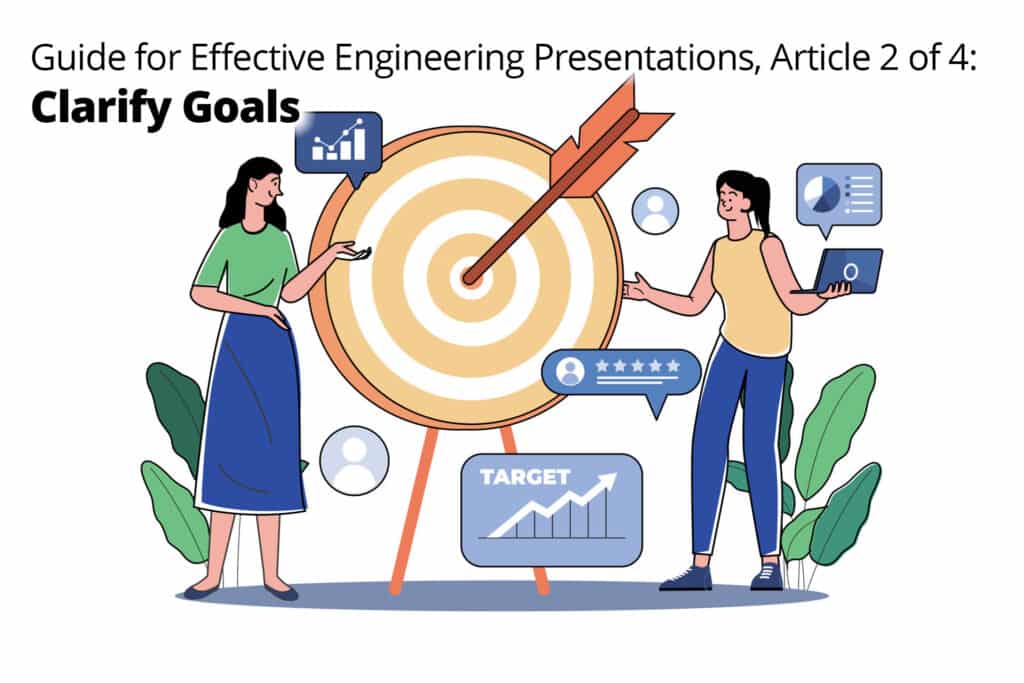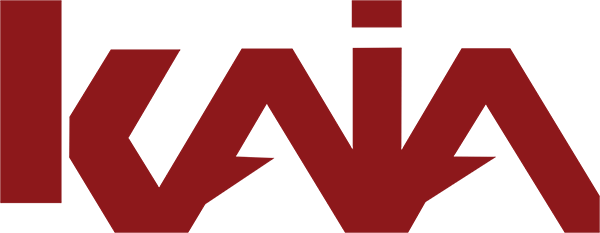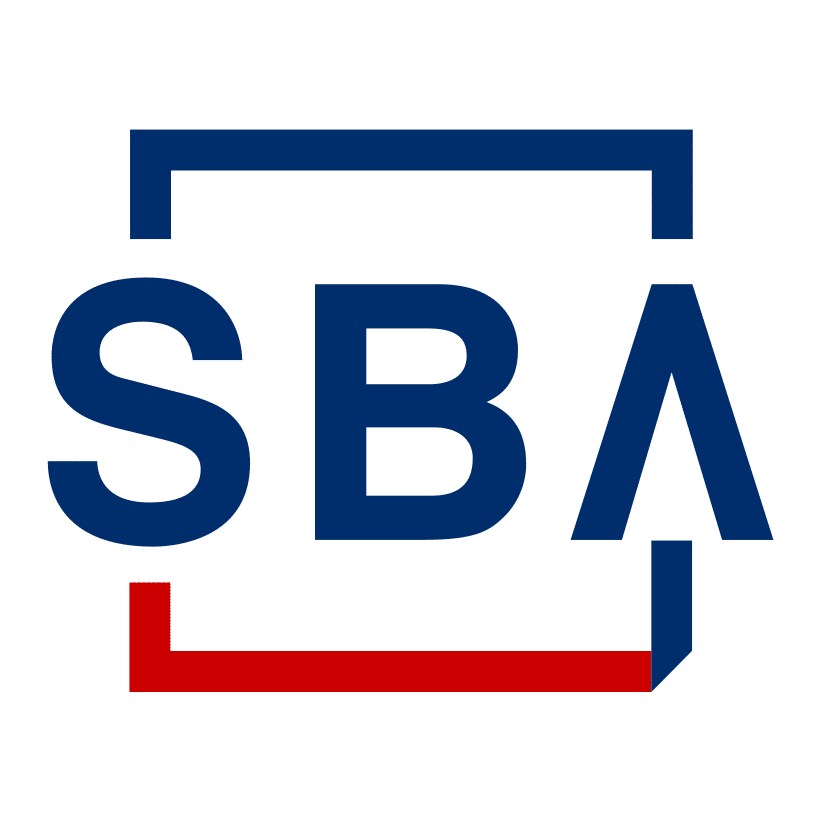Getting clear about intent
Article 2 of 4 Summary: By clarifying your intent, you can craft a presentation that effectively communicates your message with context, meaning, and significance. By addressing your audience’s wants and needs, you create a connection with them and inspire them to take action. This focused approach ensures that your presentation resonates with your audience and leaves a lasting impression.

Define Your Objective
To create an impactful presentation, begin with the end in mind: understand your intent, why you’re giving the presentation, and what result you want to achieve. Knowing your purpose will give you the focus and energy needed to bring your presentation to fruition.
Know Your Audience
Next, turn your attention to the audience. Identify their expectations, interests, and prior knowledge about the topic to tailor your presentation to their needs and interests. To address your audience’s needs effectively, it’s essential to define the target group, identify the problem you are solving for them, and explain how your topic does this.
The purpose of a presentation is to paint a picture in the minds of the audience of a future state they desire for themselves.
Narrow your target audience:
Start by specifying the group of people you are speaking to and tailor your presentation to their needs, interests, and level of understanding. A narrowly defined audience enables you to create a focused message that resonates with them. Attempting to speak to everyone can result in a vague and unclear presentation.
Articulate the problem you are solving for your audience:
Clearly define the challenge or issue your presentation addresses and explain how your proposed solution, idea, or findings can alleviate or resolve this problem. Share your unique perspective and understanding of the subject matter, highlighting its significance to your target audience. Show them why your topic is relevant to their concerns, interests, or goals.
Provide them with a clear call to action:
Conclude your presentation by outlining a specific, measurable action that you want your audience to take. Your audience is looking for guidance on what to do next, so make sure your call to action is something they can either accept or reject. This clarity will encourage them to make a decision and move forward.
The OFFER Tool
We help [group of people] to [achieve result] by [your topic].
Use the offer tool to clarify why your topic matters to your audience. The format is a structured way to present your proposal or value proposition to your target audience. It helps you clearly communicate what you are providing and the benefits it delivers. It is important that the audience sees it as something they can accept or reject. A basic offer format can be broken down into the following components:
Target audience
Specify the group of people you are addressing. This helps you tailor your offer to their needs, interests, and level of understanding.
Example: We help manufacturing companies…
Desired result or outcome
Clearly state the objective, goal, or result that your offer aims to achieve for your target audience. This should focus on tangible and measurable outcomes.
Example: …reduce production downtime…
Solution or method
Describe the solution, product, service, or idea that you are offering to help your target audience achieve the desired result or outcome. This should highlight how your offer is uniquely positioned to address their specific needs or problems.
Example: …by implementing an advanced predictive maintenance system.
Putting it all together, the complete offer format would look like this:
Example: We help manufacturing companies reduce production downtime by implementing an advanced predictive maintenance system.
Using the offer format ensures that your proposal is clear, focused, and relevant to your target audience. This approach makes it easier for them to understand the value of your offer and decide whether to accept or reject it.
Considerations when writing the offer
Focused
When narrowing down your audience, visualize speaking to a single person who represents the target group. By focusing on this individual, you can tailor your message more effectively and create a deeper connection. This approach helps you to address their specific needs, interests, and concerns, resulting in a more personalized and impactful communication that resonates with the broader audience.
Results-oriented
Consider the tangible and measurable real-world difference your presentation will make for your audience. Contemplate how the information you share will influence their perspectives, decisions, or actions, and aim to provide them with valuable insights, practical solutions, or new ideas. By focusing on the real-world benefits your presentation offers, you can create a compelling and meaningful experience that encourages your audience to apply the knowledge they’ve gained, ultimately leading to positive changes in their professional or personal lives.
Polarizing
Understand that your presentation is not for everyone. By successfully connecting with your core audience, your presentation may not resonate with everyone else, and that’s completely acceptable. Concentrating on building a strong rapport with your target audience ensures that your message has the most significant impact on those who genuinely care about your subject matter. Embrace this focused approach, and you’ll create a more engaging and influential presentation for the people who matter most.
Unique
Identify the distinctive aspects of your offer that set it apart from other alternatives available to your audience. By highlighting the unique features, advantages, or benefits of your solution or idea, you can create a compelling reason for your audience to choose your proposition over competing options, including doing nothing. Emphasize the value that your unique proposition brings, and demonstrate how it addresses the audience’s specific needs or challenges more effectively than other solutions. This approach will help you to build credibility and establish a strong connection with your audience, ultimately increasing the likelihood of them adopting your proposal or embracing your perspective.






